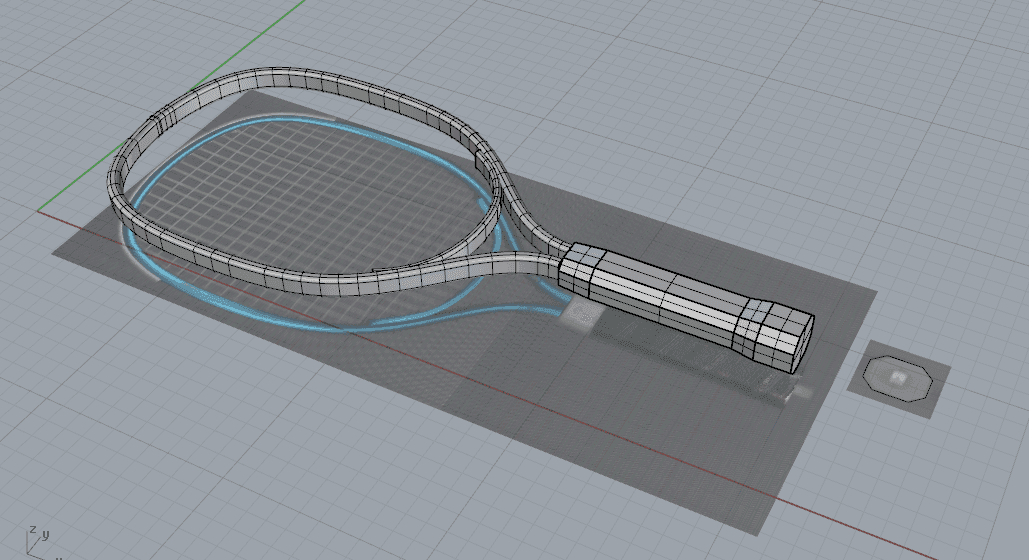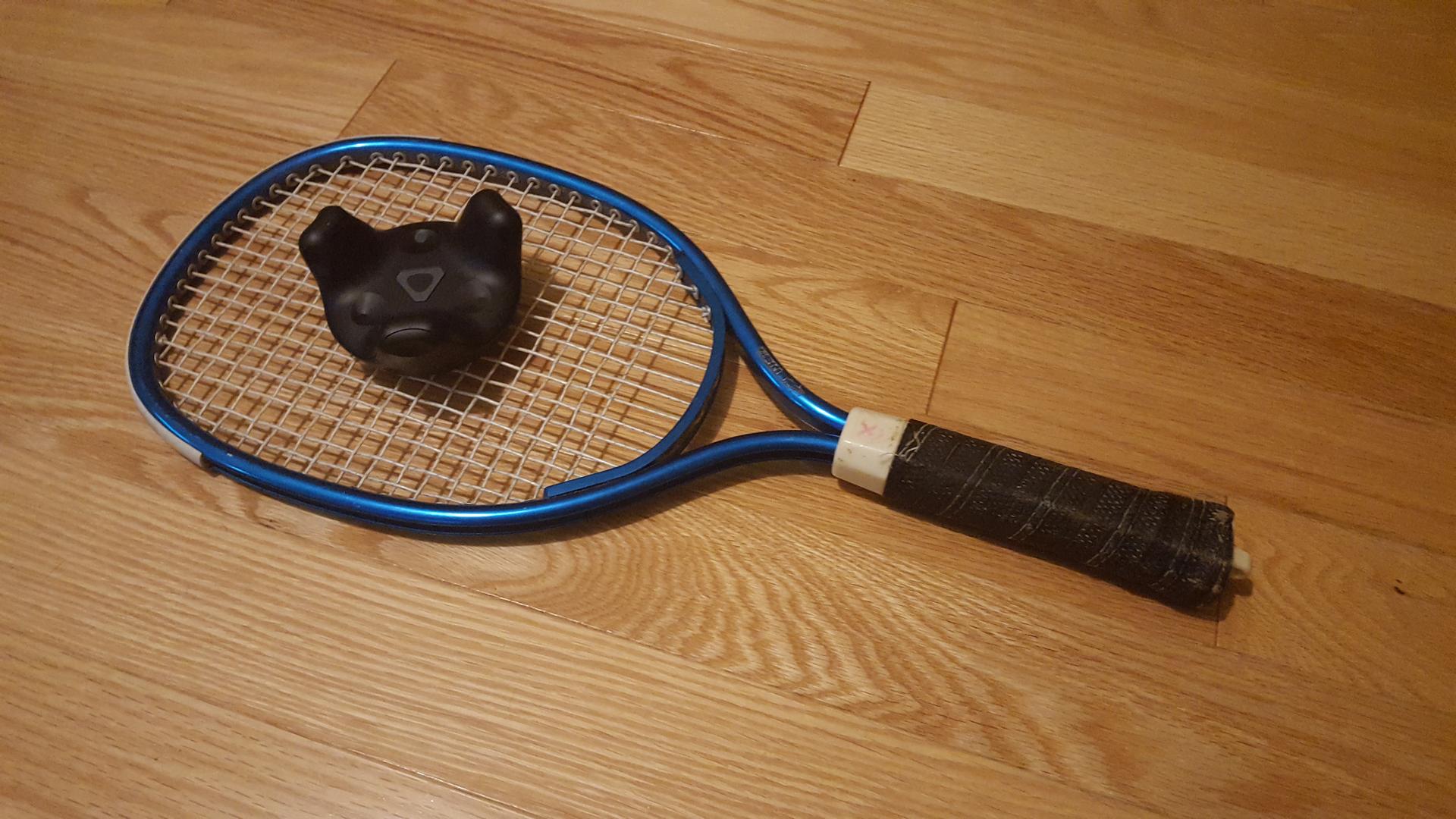Blog
3D modeling curved objects with a flatbed scanner
Published on
August 4, 2017
Here is a neat trick that can save a lot of time when modeling objects.
Say you have an object that you want to model with high fidelity. And also say you are planning to attach a Vive tracker to this object and swing it around in VR (coming soon). Like so:
How would you go about measuring the curves?
You can use one of these, maybe?
Or these?
Surly there is an easier way? Yup. There is. The humble flatbed scanner. Available for pennies at your local second-hand store or ebay. Place your object on the scanner, like so:
Object is too big? Scan it in part, assemble automatically using a panorama stitching tool, or manually in any photo editor. It’s fairly easy. You’ll end up with a scan that looks like this:
It’s going to look bad. Fuzzy with a lot of color noise and crazy pixels. That’s fine. We don’t care about picture quality, we just need the curves. I also scanned the cross section of the handle, because I couldn’t find my caliper and for the sake of completeness. Now I can say that everything about this model was flatbed scanned.
The images should come out of the scanner exactly to-scale, meaning you can import them directly into your 3D modeling software of choice, trace the lines and have a to-scale replica of your object. First I traced the curves:
Then some sweeps, extrudes and lofts, and voila, one world-scale racquetball racquet is reading for texturing:

